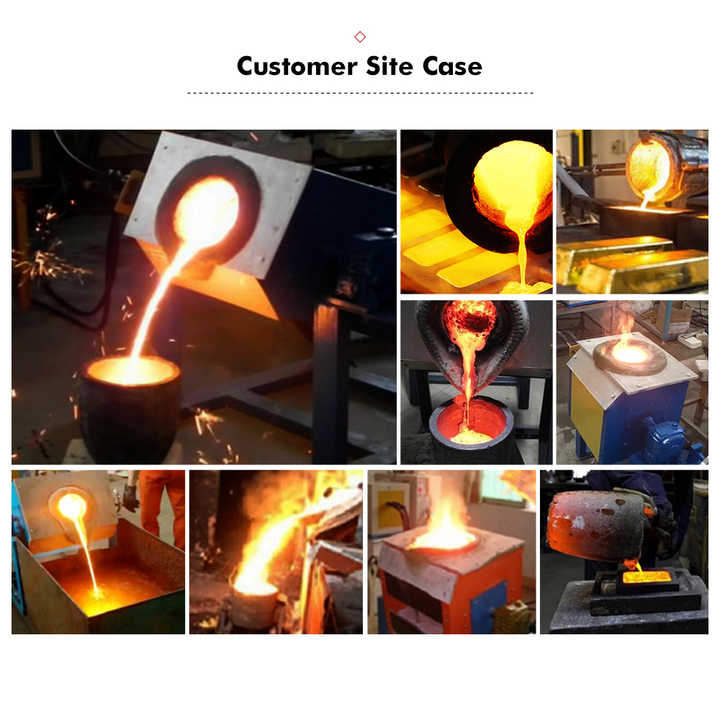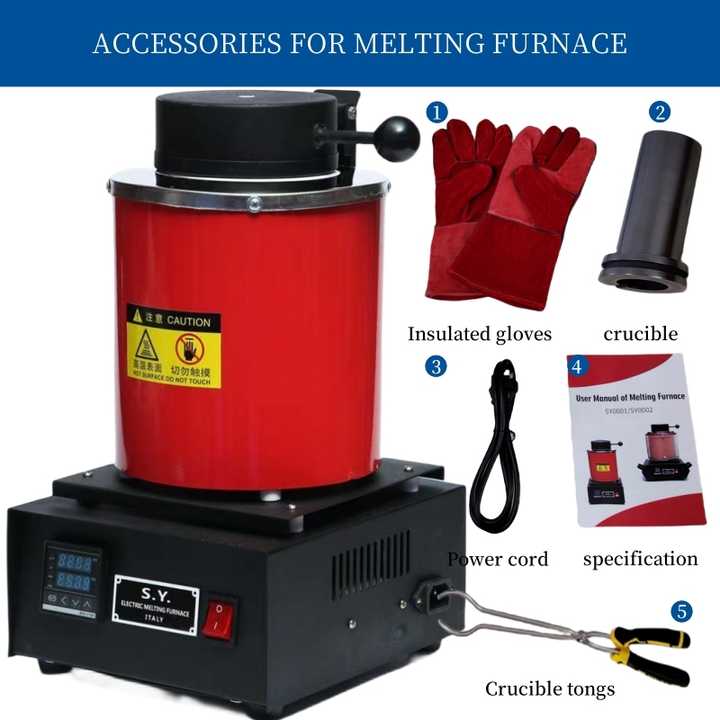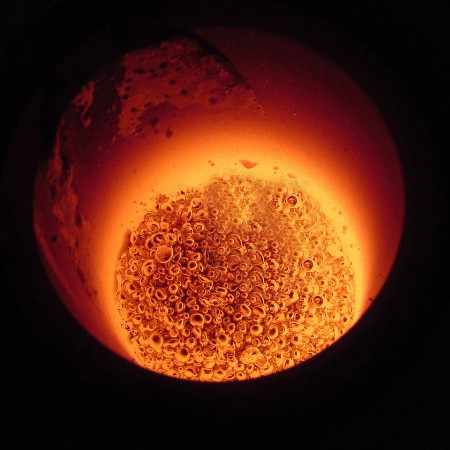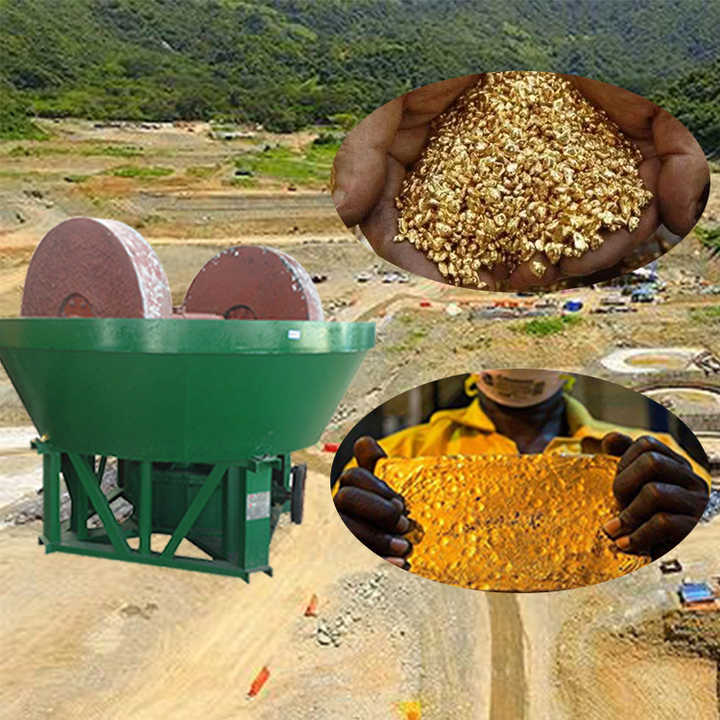Details
- Home
- crucible for smelting gold
crucible for smelting gold
Table of Contents
ToggleCrucible for Smelting Gold: Essential Tool for Precious Metal Processing
A crucible is one of the most critical tools used in the process of gold smelting. It’s designed to withstand extremely high temperatures and facilitate the melting of metals, particularly gold. Whether you’re a professional refiner or a hobbyist, the right crucible ensures efficiency, safety, and purity in the smelting process. This article explores the different types of crucibles available, their uses, and how to select the ideal one for your needs.

The Role of a Crucible in Gold Smelting
A crucible is a container made from materials that can endure the intense heat required to melt gold. Gold smelting involves heating the metal to temperatures exceeding 1,064°C (1,947°F), at which point it liquefies and can be separated from impurities. The crucible holds the gold as it melts and allows for the pouring and shaping of the molten metal.
The crucible must be durable, heat-resistant, and chemically inert so it doesn’t introduce contaminants into the molten gold.

Types of Crucibles for Smelting Gold
There are several types of crucibles commonly used for gold smelting, each with specific advantages. The material of the crucible significantly impacts its performance and longevity in the smelting process.
1. Graphite Crucibles
Graphite crucibles are highly popular in gold smelting because of their excellent thermal conductivity and resistance to high temperatures. They are also non-reactive, which ensures that the gold remains pure during the smelting process.
- Pros: Great heat resistance, affordable, non-reactive with molten metals.
- Cons: Can be fragile and prone to cracking if handled improperly.
2. Silicon Carbide Crucibles
Silicon carbide crucibles are renowned for their strength and longevity. These crucibles can withstand higher temperatures than graphite and are resistant to chemical corrosion, making them an ideal choice for professional and large-scale smelting operations.
- Pros: High durability, long-lasting, can handle higher temperatures.
- Cons: More expensive than graphite crucibles.
3. Ceramic Crucibles
Ceramic crucibles are widely used in traditional smelting processes. They are highly resistant to heat and do not easily degrade. Ceramic crucibles are particularly suitable for smelting smaller quantities of gold and are often used by jewelers and hobbyists.
- Pros: Heat-resistant, durable, affordable.
- Cons: Heavier and more fragile compared to graphite or silicon carbide crucibles.
4. Clay Graphite Crucibles
A combination of clay and graphite, clay graphite crucibles offer the thermal conductivity of graphite and the heat resistance of clay. They are commonly used by hobbyists and small-scale refiners for gold smelting.
- Pros: Cost-effective, good for small-scale operations.
- Cons: Less durable in industrial-scale smelting.
How to Choose the Right Crucible for Gold Smelting
When choosing a crucible for gold smelting, several factors should be considered to ensure optimal performance and longevity. Here’s what to look for:
1. Heat Resistance
The crucible needs to withstand the extreme heat required for gold smelting without breaking down. For smelting gold, the crucible should be able to tolerate temperatures well above the melting point of gold. Graphite, silicon carbide, and ceramic crucibles are all suitable for these conditions.
2. Durability
Durability is important, especially if you are planning on performing multiple smelting sessions. Silicon carbide crucibles are generally more durable than graphite crucibles, making them a good choice for those who frequently smelt gold.
3. Size and Capacity
The size of the crucible is an important consideration based on the amount of gold you plan to smelt. Hobbyists may need only a small crucible, while larger operations require a bigger crucible to melt large quantities of gold.
4. Non-Reactivity
To preserve the purity of the gold, the crucible should be non-reactive with the molten metal. Materials like graphite and silicon carbide are excellent choices as they do not introduce impurities into the gold.
Caring for Your Crucible
Proper care of your crucible will extend its lifespan and ensure a successful smelting process. Here are a few tips on maintaining your crucible:
- Preheat Gradually: Crucibles should be preheated slowly to avoid thermal shock, which can cause cracking.
- Handle with Care: Crucibles, especially graphite ones, can be brittle. Be careful when moving them to prevent accidental damage.
- Store Properly: Keep the crucible in a dry, safe place when not in use to avoid moisture buildup, which can cause problems when reheated.
A high-quality crucible for smelting gold is an indispensable tool in the gold refining process. Whether you’re a hobbyist smelting small amounts of gold at home or part of a large industrial operation, selecting the right crucible will make the process smoother and more efficient. With materials like graphite, silicon carbide, and ceramic offering various advantages, you can find the perfect crucible to meet your smelting needs. Proper maintenance and care of the crucible will ensure it serves you well for many smelting sessions.















